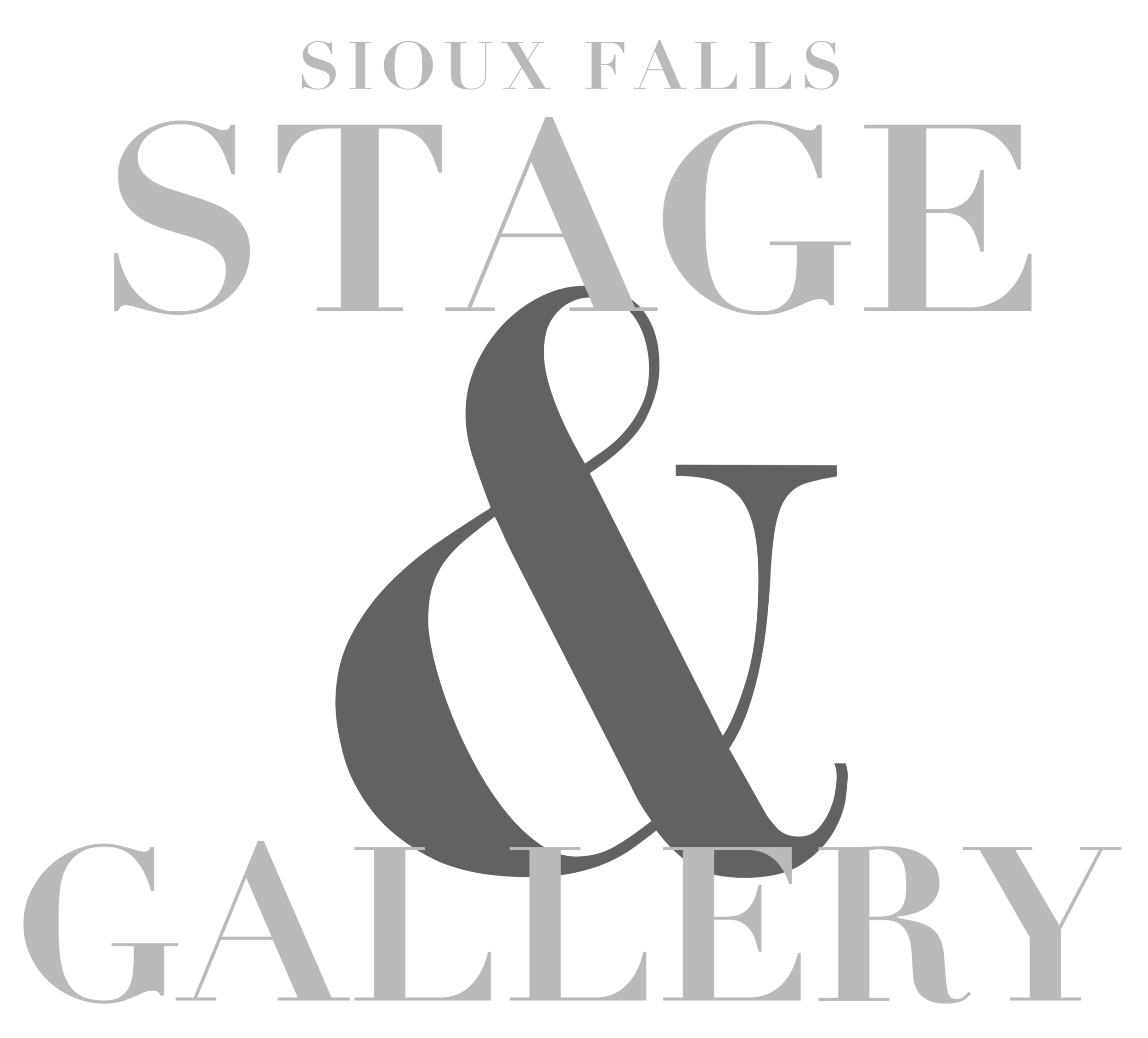To Dance is Human
Though she’s in the business of human resources by trade, local dancer Cheree Becvar also finds human connection in the artistry she’s cultivated over years of dance study. And thanks to the opportunities she’s been afforded to express herself via this medium, she’s been able to connect more clearly with herself and those around her.
Cheree Becvar
“Dance just lets me kind of be free — I’m not an introvert by any means, but I definitely express myself a lot more when I’m dancing,” said the performer, who teaches at local Balleraena Dance Studio. “I love teaching, too — it’s kept me going with it. Watching the kids grow up through the year, from the start of class to the recital, you can see how much they’ve grown.”
Becvar’s own experience in the studio began at three — the Yankton native got started at both the Academy of Dance and Judy’s Dance Studio, building up her repertoire in ballet, jazz, modern, hip-hop, tap, lyrical and anything she could get her hands on.
“(After some time in Missouri), I decided to move back to South Dakota about five years ago and went to school for human resources, which is what I have my degree in through Bellevue University,” Becvar said. “I started working with Avera, and, intermittent with that, I started working at Balleraena Dance Studio under Raena Rasmussen. I can’t believe it’s already been five years with them!”
In addition to Balleraena and a recent performance in local choreographer and dancer Lisa Conlin’s Blue Heaven, Rasmussen encouraged Becvar to audition for LiRa Dance Theatre Company, a local professional dance organization. This past summer marked her fourth season with LiRa, which included a chance to perform as a soloist in a piece choreographed by Georgia Conlin.
“I love LiRa,” Becvar said. “Since starting, I owe a lot to Lisa and Raena. Doors for opportunities have just swung right open — performing Blue Heaven, which Lisa choreographed, and with Move to Heal South Dakota and Broad Cast Theatre’s Little Black Dress Revue. The opportunities never dwindle. Performing with them and having them as mentors, I feel like I’ve grown a lot. They’re so encouraging.”
Becvar’s penchant for dance might, in fact, be genetic in some sense, as her own grandmother danced professionally in Germany in the 1950s.
“That’s kind of how I got into it — through my grandma,” she said. “She was living in North Carolina, but every year my mom would send her my dance recital videos, and my grandma would sit down, drop everything and watch them. That kind of kept me motivated. She was just a really big supporter in my life even from afar. She passed away a few years ago, but still it keeps me inspired to keep going.”
And keep going she has, teaching multi-generational dance classes at Balleraena, which has kept her quite literally on her toes.
“Teaching is definitely a different experience — getting used to being in that role versus always as the student for the past 23 years,” Becvar said. “To step out of that role has definitely made my eyes open up and I’ve grown a lot. And to have Raena and Lisa as mentors to come to with questions and hearing feedback from the parents helps. Watching my little three-year-old dancers learning, you can tell the ones who love it.
“I taught anywhere from three years old up through adult. I actually did an adult ballet class, and I just applauded my older dancers for getting out on the dance floor. I hope I’m still doing ballet and dancing decades from now, so it’s really fun to see all the new dancers as well as the ones that are still with it!”
It’s this desire to help and to empathize that led Becvar to her “day job,” which all started in her work as a CNA in a nursing home.
“I used to be in the healthcare field,” she said. “During COVID, I worked at a nursing home, and I wanted to do nursing school but decided being a nurse just wasn’t for me. I get too attached to the patients. I still wanted to be in the healthcare field and thought about how I could contribute to patients and residents but not be so hands-on. With human resources, I get to help recruit the best possible nurses, CNAs, housekeepers, food-service workers, making Avera the best place it can be for the people it serves.”
And with physical and mental wellbeing being such a critical part of healthful dancing, the crossover between her work and her performing world isn’t lost on Becvar.
“I think mental and physical health go hand in hand. A lot of dancers struggle with eating disorders,” she said. “In high school, I struggled with body image, and it’s hard to sometimes balance that. So being positive to the dancers if you see that they’re struggling, pulling them aside and talking to them, giving them that personal relationship so you can help them through it if they’re struggling with physical wellbeing. It’s important.”
One more literal crossover came at a time that Becvar cites as one of her proudest moments as a dancer, when participating in an event with Move to Heal South Dakota.
“There was a time with Move to Heal where we did a dance event at a nursing home,” she said. “We got to perform for them, get them up and moving and you could see the smiles on their faces. That was a really proud moment that I stood back and thought about what a great sense of community it was.”
So what’s next for the performer?
“I just hope that I’m still healthy enough and able to dance. I want to keep teaching youth and adult classes and hope to do so until I’m over 100 years old — who knows! To just keep performing.”


